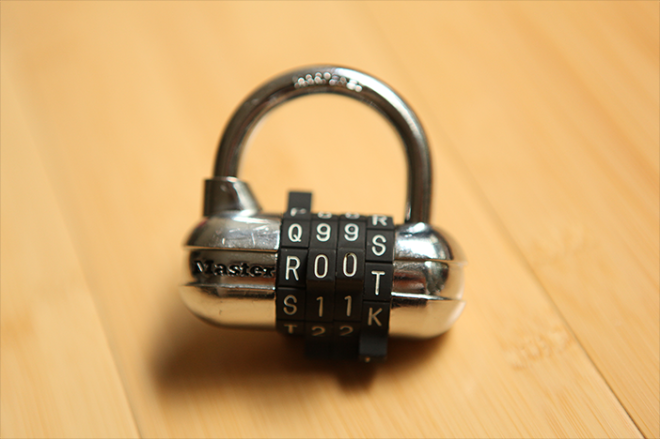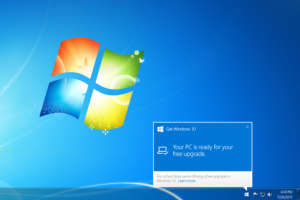Messaging is becoming the "next big thing" in mobile apps, apparently. If you believe that here's any longevity in sending short messages, you're deluded, but that said it definitely is an important service that everyone can or does use. So why is it all so horribly broken? The fractured and fragmented messaging market is split between so many different apps right now, and I don't think anyone has worked out how to make money directly from a service that just lets you send text and pictures to your friends. But it gets you users, and like Twitter you can gain a following and work the rest out later. One thing has been horribly lost in the rush to jump on the messaging bandwagon though, and that's the highest of most lauded form of usability - interoperability.
You see, we have a global messaging platform already, it can send text, pictures, rich or plain text content and has virtually no limit on how much you can send. It's called email! Despite the lofty figures claimed by the main messaging platforms none of them will ever have the success or user base of the original and the best. So what sets email apart? Well it's a standard isn't it? And like email, SMS, and the phone system, if messaging apps want to be successful they need to talk to one another rather than expect that everyone is in their little walled garden.
When you look back at the history if internet messaging clients, it really makes you wonder what the hell happened here. Back in the 00's, we had an abundance of what we then called Instant Messaging clients. We used them on our PC's, and they were quite popular. The likes of ICQ, Jabber, MSN Messenger and even Skype prevailed. Then in the late 00's the mobile device revolution hit, and the old PC based messaging clients died off. I'm not saying the rise of mobile was the cause of their decline, but you would've thought it to be the biggest opportunity these platforms had seen in their entire existence. It wasn't, and we continued to pay per-message fees for 140 character, featureless SMS, or downright extortionary prices for MMS.
Then Apple tried to introduce iMessage, which failed. Not because it was bad or the market wasn't there, simply because Apple failed to understand that a messaging platform you can only use to talk to 14% of people is about 14% as useful as an SMS and twice as annoying!
Then we mustn't forget BBM (Blackberry Messenger), many may not be aware of this service, but in a number of countries it was a runaway hit, without a doubt keeping Blackberry alive longer than many predicted. In 2014 the service had over 150 million registered users with 85 million monthly active users. That's approaching the usage stats of Snapchat in 2015, which is pretty impressive for a service based on a single mobile platform.
But Blackberry lost it's market share and BBM lost it's advantage, giving way to WhatsApp and Facebook, but also to childish, gimmicky apps like Snapchat Viber and to a lesser extent, Line, which must rub a bit of salt into the wound.
So after having more than enough opportunity to develop a messaging platform for the world to use, cue the rise of Facebook, the "new money" of messaging. According to the internet (so it must be right), the top two messaging apps in the world are WhatsApp and Facebook Messenger with 1.9 billion active users between them. In case you weren't aware, Facebook acquired WhatsApp n 2014, making them the messaging leader, a billion users ahead of third place QQ Instant Messenger, produced by the Chinese entertainment company Tencent. To these two Facebook properties, there is virtually no competition, even less so if you live outside of Asia.
So what we have there is a proprietary de facto standard for instant mobile messaging. Actually, two of them. Owned by the same company. How did we let it get to this absurd situation where we have two main players who don't talk to each other but are both Facebook?
To make the situation worse there's a geographic divide along messaging app lines, and an age-based divide. If you're in mainland Asia you probably use QQ IM, KakaoTalk or WeChat, in Japan you probably use Line, in India Nimbuzz is very popular, while in Europe and the Americas Facebook and WhatsApp are divided along national borders. "Millennials" are contributing to the rise of the new platforms like WhatsApp and Snapchat more so than their elders, who prefer Facebook, but surprisingly the youngsters are also still using Skype.
Meanwhile the global, ubiquitous messaging platform that started life as we know it in the 80's has anecdotally fallen out of favour with the younger generation, but still continues to grow, hitting 2.6 billion users, with an expected 3 billion by the end of the decade. But you can't (easily) send stickers or mangled versions of your own face on email so why would we care that it's the world's most popular messaging platform?
The lesson here is a simple one. You have App A, which wont talk to App B and App C that's only used in Country A and can't talk to App A in Country B. Technology companies and their vested interests have created a mess of instant messaging that we'll never find a way out of. A mess that could've been avoided if we'd just come up with a messaging standard, like we did for email to begin with. What's so much worse, is that said standard exists and has done for over a decade. I previously mentioned the Jabber IM protocol, which became XMPP, an open standard for internet messaging that anyone can use. If today's popular messaging apps used this, or something like it, we'd all be able to talk to one-another as simply as... I dunno, sending an email!





